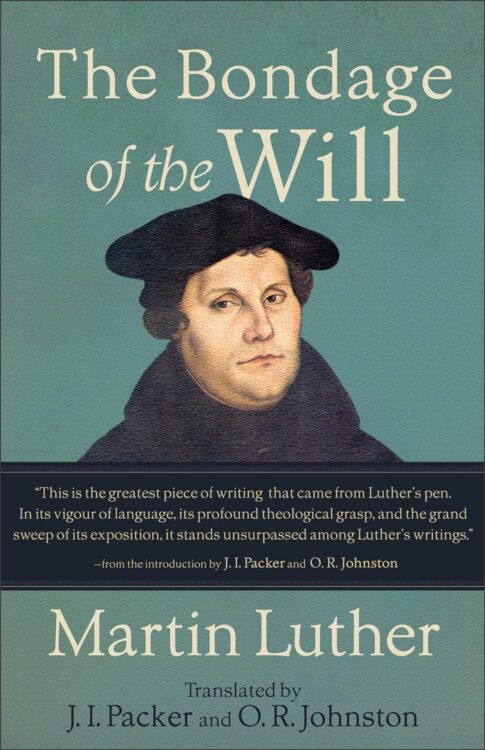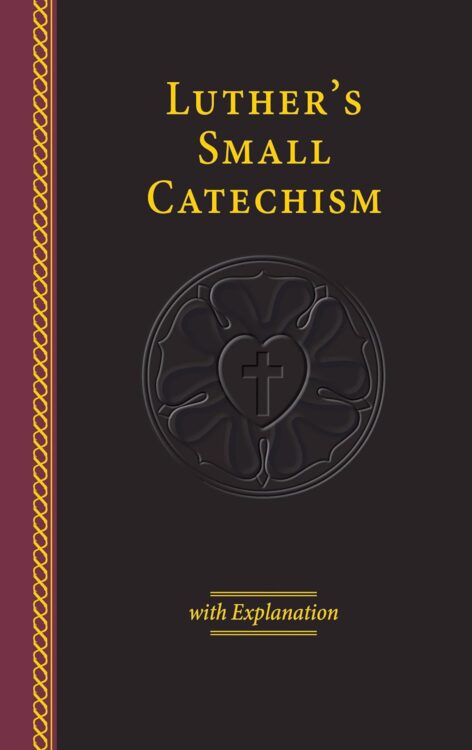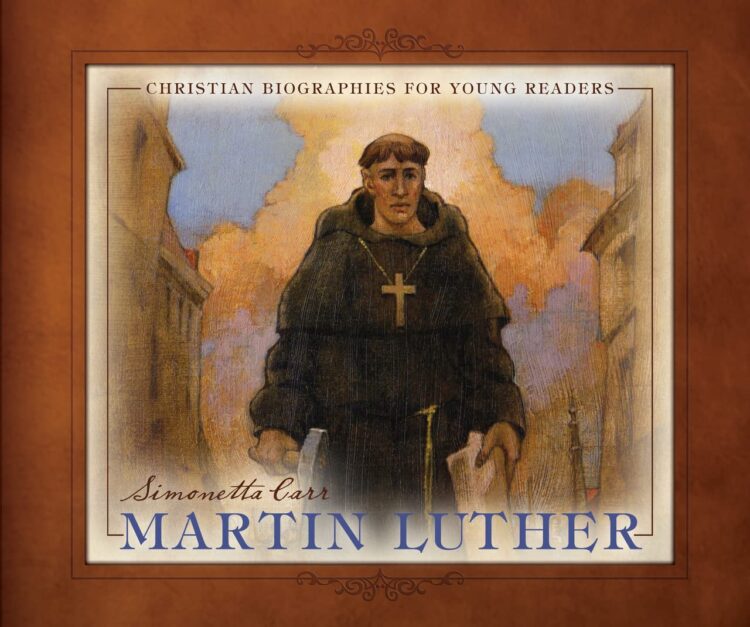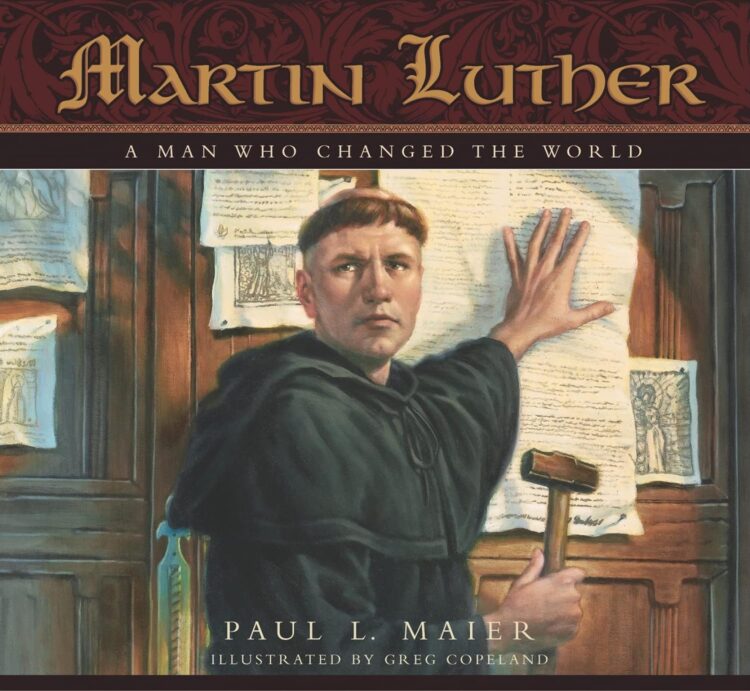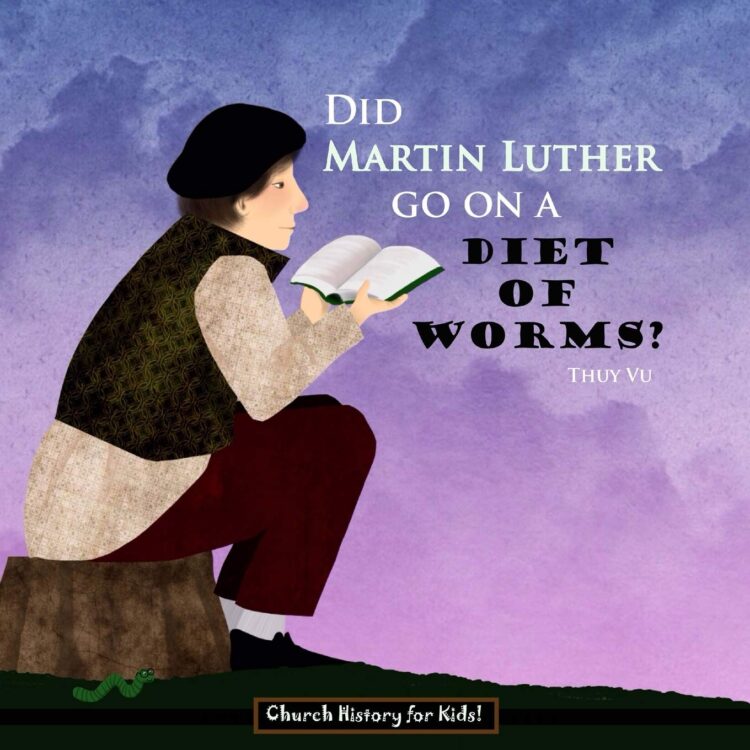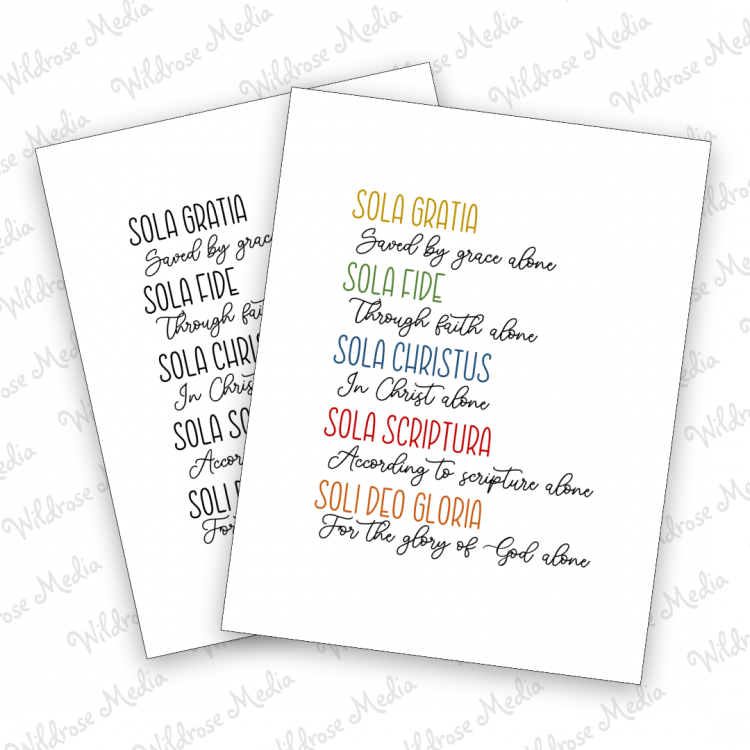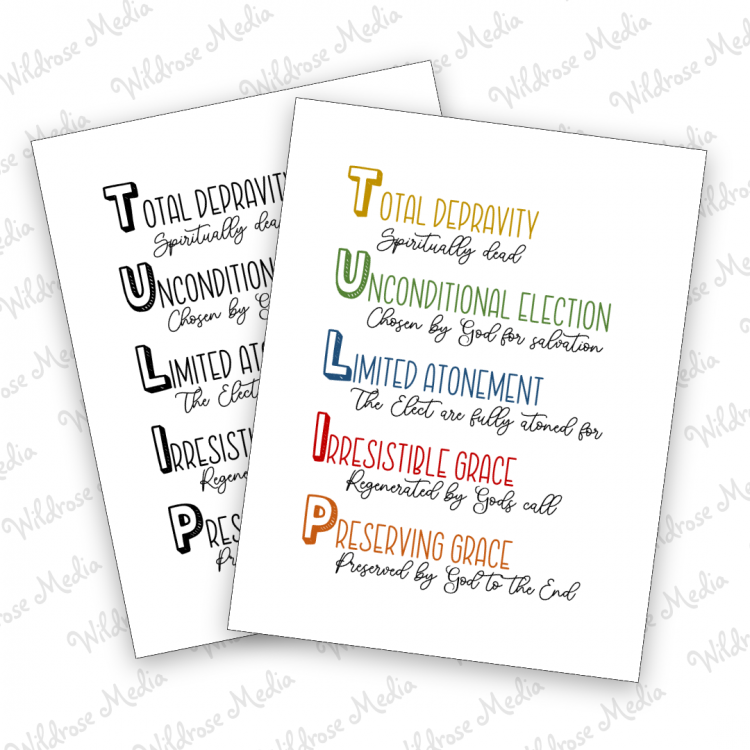10 Things You May Not Know About the Reformer Martin Luther
Martin Luther – a name recognized by Christians around the world. He is credited with starting a movement known as the Reformation, which birthed the Protestant Church. Today, believers around the world celebrate Reformation Day on October 31st. According to his friend and co-reformer Philip Melanchthon, this is the day Luther posted his Disputation on the Power and Efficacy of Indulgences on the Wittenberg Castle church door. Better known as the 95 Theses, his writings caused him to be labeled a heretic and to be excommunicated from the Roman Catholic Church.
Many books have been written about him which detail his life and beliefs, some of which are controversial. I will share links to some of the articles I accessed for this post, as well as several books about Martin Luther and the Reformation below. In reading several books and articles about this pivotal figure, I have uncovered some interesting facts which I’d like to share.
1. His birth name was Martinus Ludher.
He used this spelling when registering for the University of Erfurt (Lyndal Roper chapter 4, page 86). His father, Hans spelled the surname as Luder. Luder was considered a pejorative term meaning loose or immoral. Evidently, as he progressed in the academic community Luther felt increasingly uncomfortable with his surname. As a young professor, he briefly called himself Eleutherius (the freed one) then shortened it to Luther, a more sophisticated spelling (and much easier to pronounce!) Luther means famous or army. Regardless of its meaning, I’m sure the Lutherans are glad for this change! Eleutherian’s… doesn’t have quite the same ring to it, does it?
2. He had a nice singing voice.
According to several historians, as a student Luther was forced to sing for his supper. He was part of a boy’s chorus which went door to door earning money by entertaining the neighbors. This occurred in Eisenach where his mother’s family lived (they were to be supporting him, but he went hungry) as well as in Erfurt. This ‘singing for your supper’ was not unusual, it was considered an honest and acceptable means to make money, especially for students.
Related Books for Adults
I may earn a small commission with purchase made using the links below, at no additional cost to you.
3. While at the University of Erfurt Luther read a book written by Czech priest and reformer Jan Hus, a man murdered for his faith by the Catholic church for teaching ‘heresy’.
Like Wycliffe before him, Hus spoke out against the Catholics church’s use of indulgences, the hierarchy of the church, and other traditions. Luther claimed he found much wisdom in Hus’ writings, and was conflicted over the author’s untimely death. You may wonder, how did Luther get a copy of this book? He found it in the monastic library! No, really!
4. Martin Luther, famous author of a disputation against indulgences, was himself granted at least one indulgence.
Yes, the man who went to war with the Catholic church over William Tetzel’s ‘get out of purgatory free’ cards actually earned one (possibly more) himself – see #5 below! He and another monk traveled to Rome in 1512 to discuss with the Pope the fate of a fellow priest. For his pilgrimage to the Holy See, he was given an indulgence (as were all Catholics who made this trip).
5. He attempted to earn an indulgence for his deceased grandfather, Heine.
To do this, he ascended the Scala Sancta, also known as Pilates Stairs, during his visit to Rome in 1510. Pious believers who climb these stairs on their knees, stopping to recite the ‘Our Father” (the Lord’s Prayer) on each step are rewarded with an indulgence from the Catholic Church. This practice continues to this day, with special accommodations for those unable to physically make the ascent. Catholic teaching describes purgatory as a ‘holding area’ where the dead are cleansed and sanctified prior to entering heaven. It is a place where sinful deeds on earth are paid for, typically by time served- years of waiting. Purchasing or earning an indulgence shaved a specific number of years off the purgatory sentence. These indulgences can be used to either ‘pre-pay’ for one’s self or to assist an already-deceased loved one. The number of years specified per indulgence depends on the current Pope’s order and the type of indulgence granted.
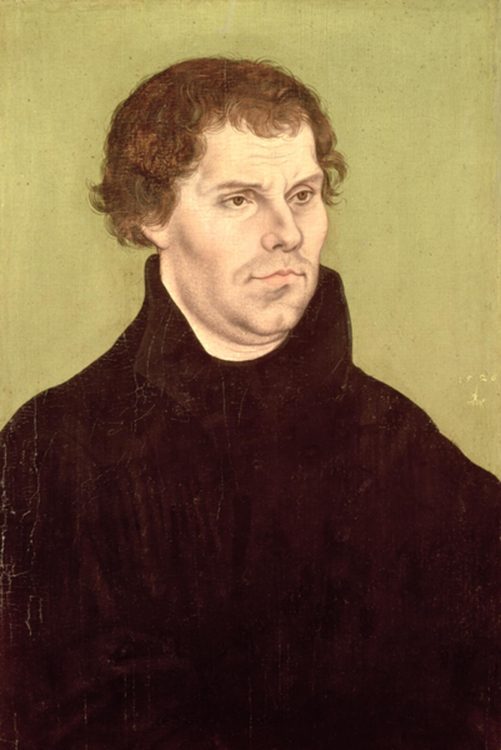
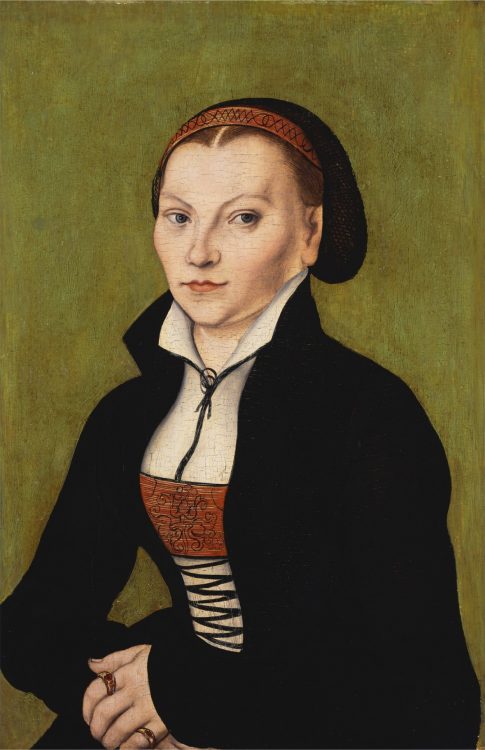
6. He married a nun.
On June 13, 1525 he married Katharina von Bora. At 26, she was 16 years younger than Martin. Many of his friends (including reformer Philip Melanchthon) were against his marriage. Knowing this, he kept it secret from them until afterwards. There were very few people at the wedding.
It seems Miss von Bora was quite the character. She had been at the Cistercian Cloister in Nimbschen since about age 6, sent there by her father following her mother’s death. As a result of her placement she was well educated and able to read Latin (and therefore, the Bible).
Katharina and several sister-nuns secretly gained access to Martin Luther’s writings. Their religious convictions changed after reading these works, and Katharina and eleven other nuns decided to leave the convent in 1523. In a plan meticulously devised by Martin Luther and his friends, the nuns made their escape in a wagon carrying herring barrels.
When the nun’s families refused to take them in (they were afraid to be indicted and punished AND did not want to pay the dowry required for marriage), Luther arranged homes, employment, or marriages for all the nuns – except Katharina. Luther attempted to marry her off to a former student, but she refused, telling him she would only marry fellow reformer Nikolaus von Amsdorf or Luther himself.
Luther was originally reluctant, having decided long ago that marriage was not for him. He expected to be executed as a heretic and did not want to leave behind a grieving widow and family. He had a change of heart. Their marriage lasted 21 years, until Martin’s death in 1546. He and Kate, as he lovingly referred to her, were blessed with six children. Katharina was a hard worker and shrewd businesswoman. She rented out garden space, raised and sold pigs, kept boarders at their Black Cloister home, and fully supported Martin in his work.
The Protestant Reformation, Books for Kids
7. He was anti-Semitic.
After reading some of his works, it seems his anti-Semitism is theologically based, not racially motivated. In fact, earlier in his life, Luther defended the Jews against the Catholic Church’s mistreatment, advocating for fair and loving treatment of them, in order to win them to Christ. Years later his outlook changed. Unable to convert the Jews to Christianity he began accusing them of blasphemy, rebuking them for denying Jesus as the Messiah. His writings were harshly worded, though he continued to pray “… may Christ, our dear Lord, convert them mercifully…” .
One could argue that his writings and theological attacks were equally harsh towards the Jews and the Catholics, as both groups were erroneous and heretical in his view.
8. He had no intentions of separating from the Roman Catholic Church.
He wanted to spark discussion and initiate change from within the church. By posting his Dispensation on the Power and Efficacy of Indulgences on the University’s community message board (the doors of Wittenberg Castle Church) he was following accepted procedure for intelligent discourse.
The 95 Theses were written in Latin, only the educated (those attending or lecturing at the University, and the clergy) were able to read them. It was not intended for the common man. This desire to discuss his concerns locally with his peers was quickly escalated when a copy of his 95 Theses was sent to the Vatican.
It should be noted, Luther did not completely disagree with all teachings of the Roman Catholic Church*. Most Protestants today would consider the following ideas heresy.
He held to such beliefs as:
- Baptism regenerates and saves.
- Transubstantiation, Jesus is bodily present in the Eucharist’s bread and wine.
- The perpetual virginity and immaculate conception of Mary.
- Offering prayers for the dead.
9. He loved Christmas.
The author of 36 hymns, Luther also wrote a Christmas Carol for his children. Martin Luther is credited with starting lighting evergreen trees to celebrate Christmas. The story goes as follows, one night he was outside marveling at the stars twinkling through the evergreen boughs. Wanting to share this with his family, he brought a tree home and added candles to the branches to simulate the stars. It became a tradition which he shared with his friends and congregants.
As it is widely accepted that the tradition of Christmas trees came to America from Germany, this story may be at least partially true.
10. As a young man, he almost died from an accidental sword wound.
Around 1593 while walking home to visit his parents his sword came out of its sheath, severing an artery. He lost a lot of blood. A doctor came and dressed the wound. While he was on bedrest recovering from this wound, he learned to play the lyre, a stringed instrument.
In honor of Reformation Day, I have made my 5 Solas Poster free for the month of October.
Click on the title to be directed to the product page:
* The National Catholic Register, 10 Remarkably “Catholic Beliefs of Martin Luther”, accessed 10-22-22
Other sources:
https://www.lutheranlibrary.org/pdf/114-jacobs-martin-luther-hero-reformation.pdf
https://www.lutheranlibrary.org/185-dau-luther-examined-and-reexamined/
https://www.lutheranlibrary.org/pdf/183-fick-loy-life-and-deeds-martin-luther.pdf
https://christianhistoryinstitute.org/magazine/article/was-luther-anti-semitic

